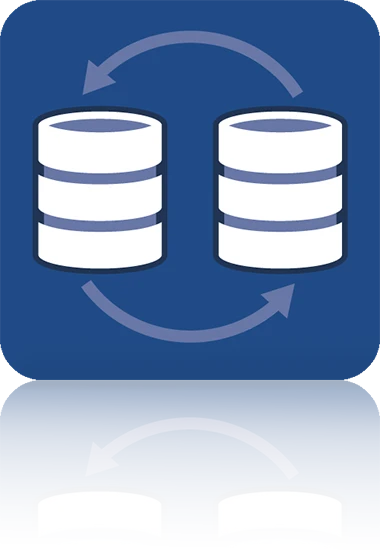Data Hub and Process Monitor
Control and Monitoring of Data Transfers and Batch Programs

Advantages of data hub and process monitor
Function Overview
Windows service and configuration of the data hub
The data hub is set up as a Windows service. Various jobs can be defined using an XML configuration file. These in turn consist of individual tasks. Server names with the corresponding IP addresses are declared in advance in the configuration file. There are also default settings for the connection to the crossbase database, to WinSCP, to ZIP, to SMTP and for logging parameters.
Possible applications
- Parameterized batch start of numerous crossbase applications, e.g. for translation management, text generation, data imports and exports
- Integration of automated jobs for data backup and checking the database, e.g. for monitoring the available disk space
- Connection to common cloud systems such as Microsoft Azure, Amazon AWS and other S3-compatible storage solutions
- Systematic logging of all background processes in log files
- Automatic email dispatch in the event of errors to quickly notify the responsible parties
Functionality
Trigger
For each job to be executed, triggers are defined which start the job. These can be, for example, a time, file, WinSCP or directory trigger. Other jobs can also act as triggers. It is also possible to define conditions and send notifications in the event of errors.
Tasks
Here you can choose from a selection of over 20 parameterizable functions such as CopyFile, Move, CreateFile, DirectoryWatcher, CheckDiskSpace, AmazonS3Upload, AzureBlobUpload, ServiceControl.
Monitoring with the cockpit
The cockpit is a visual interface. It provides a good overview and enables IT administrators to check results from the log protocols over selected time periods.
I look forward to a personal consultation with you.
Call now +49 7031 9881-770
or send me a message
Herby Tessadri
Sales Manager and Authorized Signatory

